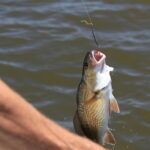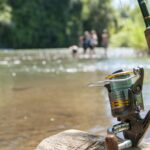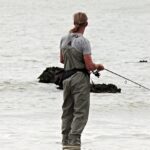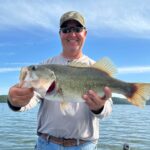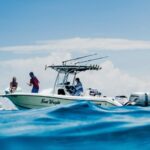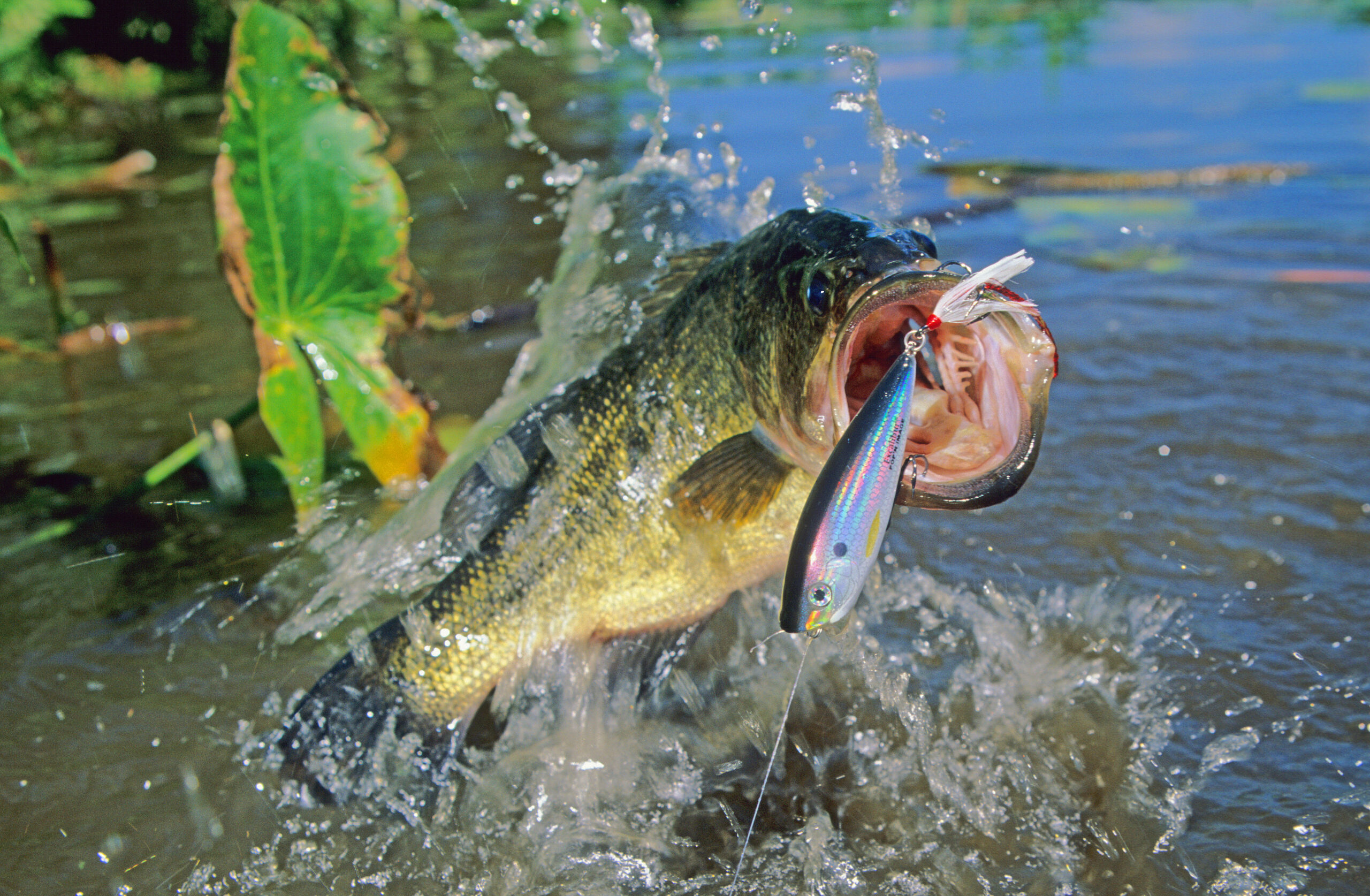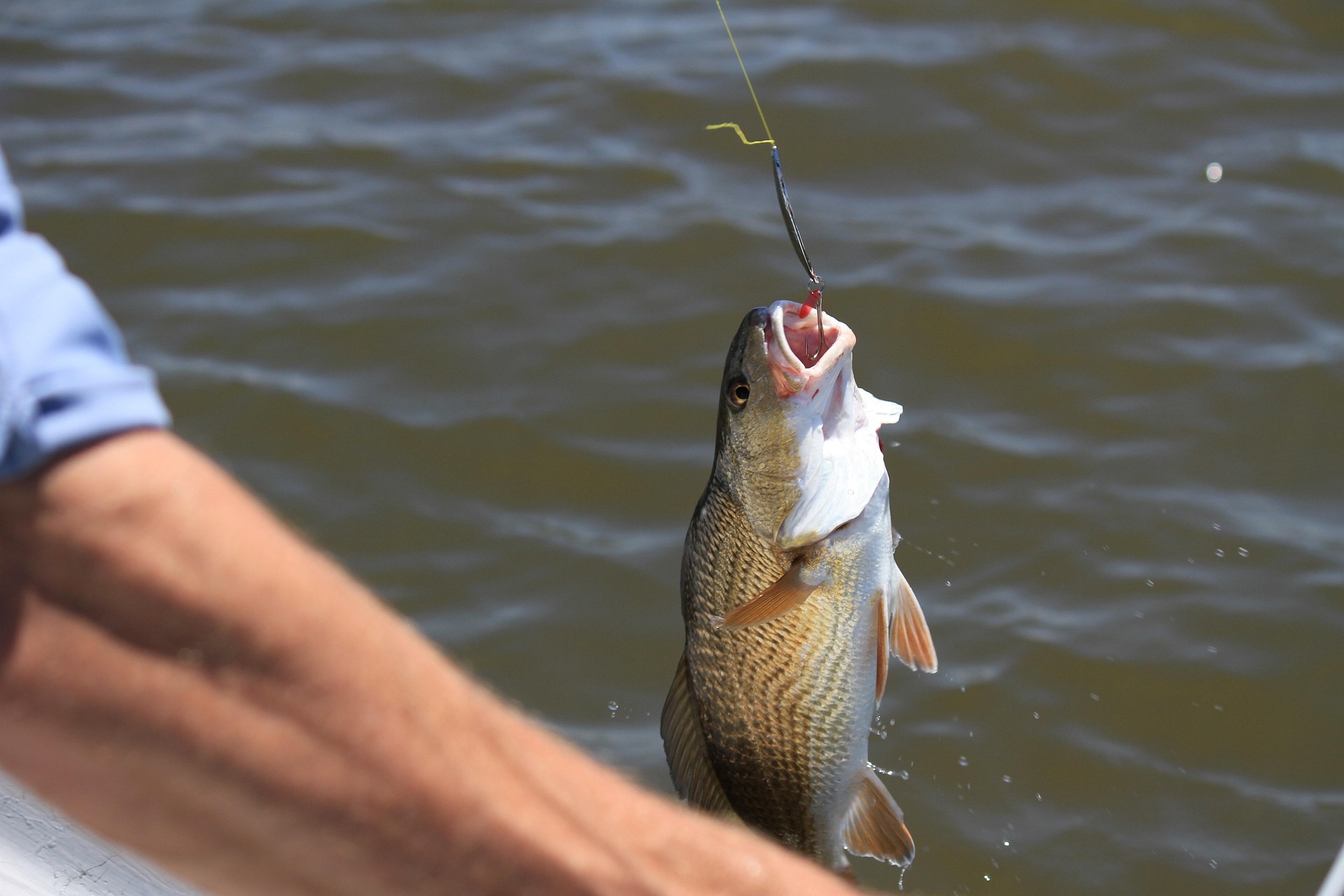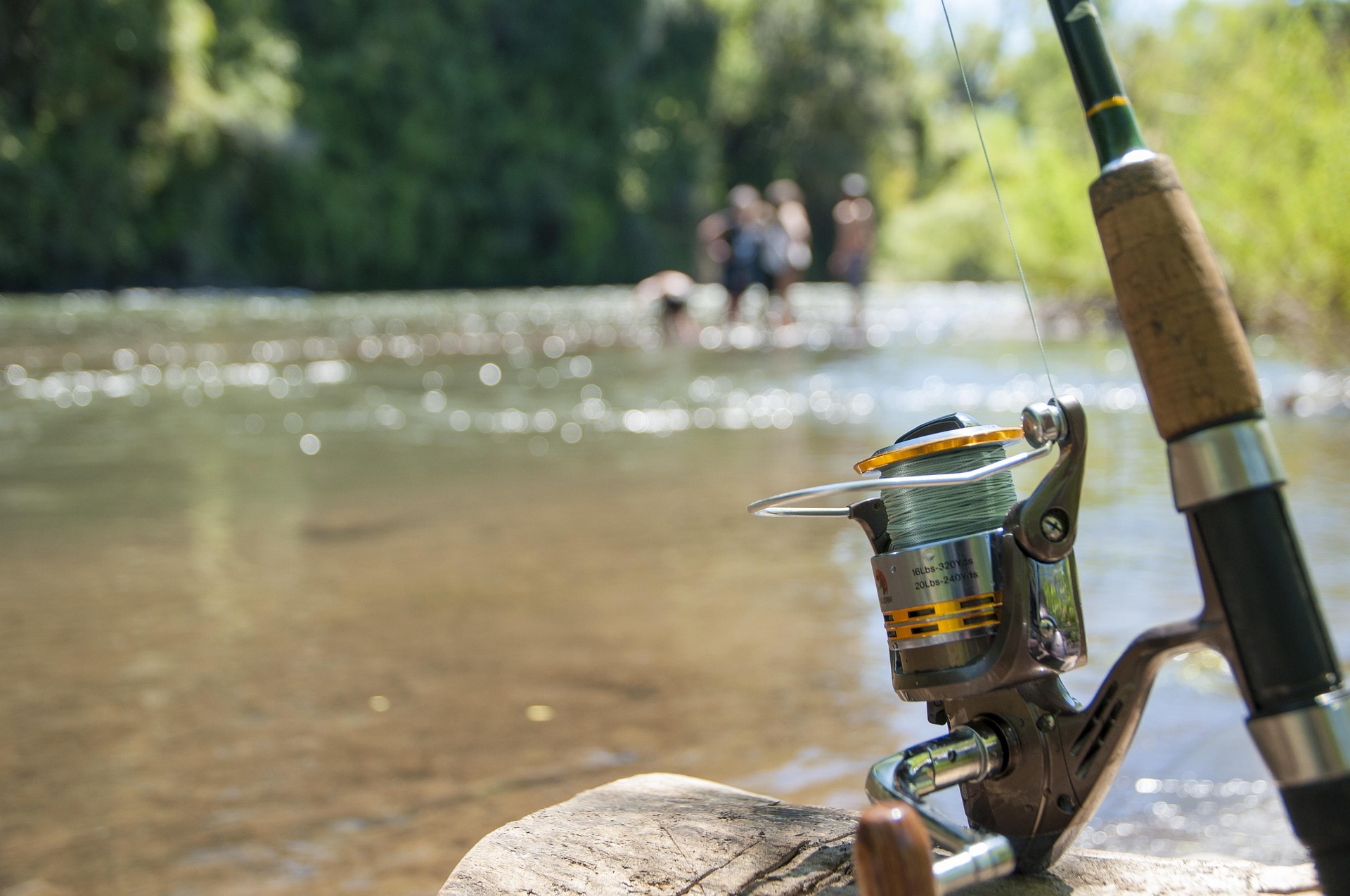Spring brings bass and other game fish back to life—but it also brings a range of water conditions that can throw anglers off their game. Melting snow, rainfall, and shifting currents can drastically alter water clarity from day to day. Understanding how to read these changes and adjust your lure selection and fishing techniques accordingly can be the difference between a slow day and a loaded livewell.
In this guide, we’ll break down how to assess water clarity in spring, what it tells you about fish behavior, and exactly how to pick the right lure and presentation style to match.
Why Water Clarity Matters
Water clarity directly affects how fish see, hunt, and react to your bait. In clear water, fish can get a good look at your lure—so realism matters. In murky water, they rely more on vibration, sound, and silhouette.
Three Basic Water Clarity Categories:
- Clear (5+ feet visibility)
- Stained (2–5 feet visibility)
- Muddy or Murky (<2 feet visibility)
Now let’s dive into how to fish each one like a pro.
Clear Water: Go Natural, Go Finesse
Where it happens:
Spring-fed lakes, rocky reservoirs, or post-rain systems where sediment settles quickly.
Fish Behavior:
In clear water, fish rely heavily on sight. They’re cautious and more likely to inspect your lure before committing—especially during the spawn.
Best Lures & Techniques:
- Natural Colors: Think green pumpkin, watermelon, shad, or translucent finishes. Avoid loud or flashy baits.
- Finesse Presentations: Ned rigs, drop shots, shaky heads, and weightless stick worms (like Senkos).
- Subtle Action: Use slower, more deliberate movements. Fish can see your bait from far away—don’t overwork it.
- Longer Casts: Clear water fish spook easily. Stay back and cast long.
Pro Tip:
Fluorocarbon line is a must in clear water. It’s nearly invisible underwater and helps you present your bait more naturally.
Stained Water: Balance Visibility with Vibration
Where it happens:
Most typical spring waters—especially after a light rain or in areas with moderate algae bloom.
Fish Behavior:
Bass and other species still use vision but also start relying on vibrations and sound. These conditions give you more flexibility to throw a variety of presentations.
Best Lures & Techniques:
- Color Selection: Try green pumpkin with chartreuse, junebug, or black-and-blue. You want contrast but not overkill.
- Chatterbaits & Spinnerbaits: These produce just enough flash and vibration to grab attention without overwhelming fish.
- Swimbaits & Crankbaits: Use medium-diving crankbaits with a wobble, or paddle-tail swimbaits that thump during retrieve.
- Texas Rigged Creatures: Great for flipping around cover. Choose a compact profile that pushes water.
Pro Tip:
Use blade baits with some color flair—gold or chartreuse blades can work wonders.
Muddy Water: Loud, Bright, and in Their Face
Where it happens:
Right after heavy rainfall, flooded banks, or downstream of feeder creeks. Silt and debris reduce visibility to inches.
Fish Behavior:
Fish get less cautious and rely mostly on sound, vibration, and water displacement. The key is to make it easier for them to find your bait.
Best Lures & Techniques:
- Bold Colors: Black and blue, chartreuse, red, or firetiger patterns. High contrast is essential.
- Big Profiles: Use jigs, craws, or creatures with flaring appendages. More bulk = more presence in the water.
- High Vibration Baits: Lipless crankbaits, Colorado-blade spinnerbaits, bladed jigs (Chatterbaits), and noisy topwaters.
- Shorter Casts to Tight Cover: Fish often hold tight to structure in muddy conditions. Flip into brush, under docks, or tight along shorelines.
Pro Tip:
Try adding scent (like garlic or baitfish attractant) to increase your chances of getting noticed when visibility is low.
How to Assess Water Clarity on the Spot
- Use your lure as a gauge: Drop a bright-colored jig or soft plastic into the water. How far down can you still clearly see it? That’ll help you judge visibility depth.
- Pay attention to shoreline composition: Muddy shorelines usually equal muddy water after rain. Rocky or grassy banks often filter runoff better.
- Watch the sky: Cloudy days make even clear water feel more stained. Adjust your color accordingly—go one shade darker.
Bonus: Match Weather + Clarity for Maximum Success
| Condition | Water Clarity | Lure Example | Technique |
|---|---|---|---|
| Sunny + Clear | Clear | Natural soft plastic | Drop shot or Ned rig |
| Cloudy + Clear | Stained | Chatterbait or crankbait | Steady retrieve |
| Rainy + Muddy | Muddy | Black/blue jig or spinnerbait | Flip and pitch to cover |
Final Thoughts
Water clarity is one of the most underrated variables in spring fishing—but those who learn to read it can adapt quickly and outfish the crowd. The right lure color, size, and style matched to current conditions can mean the difference between a skunk and a personal best.
So next time you’re on the water, take a minute to assess the visibility, tie on the right lure, and fish smarter. Spring bites are heating up—make yours count.

